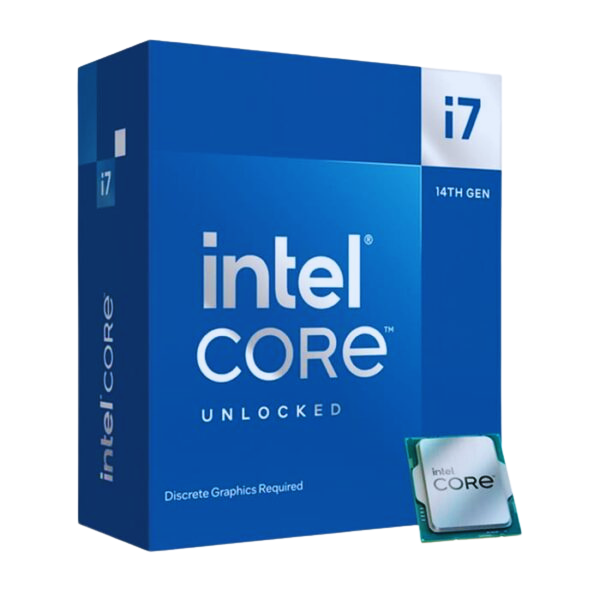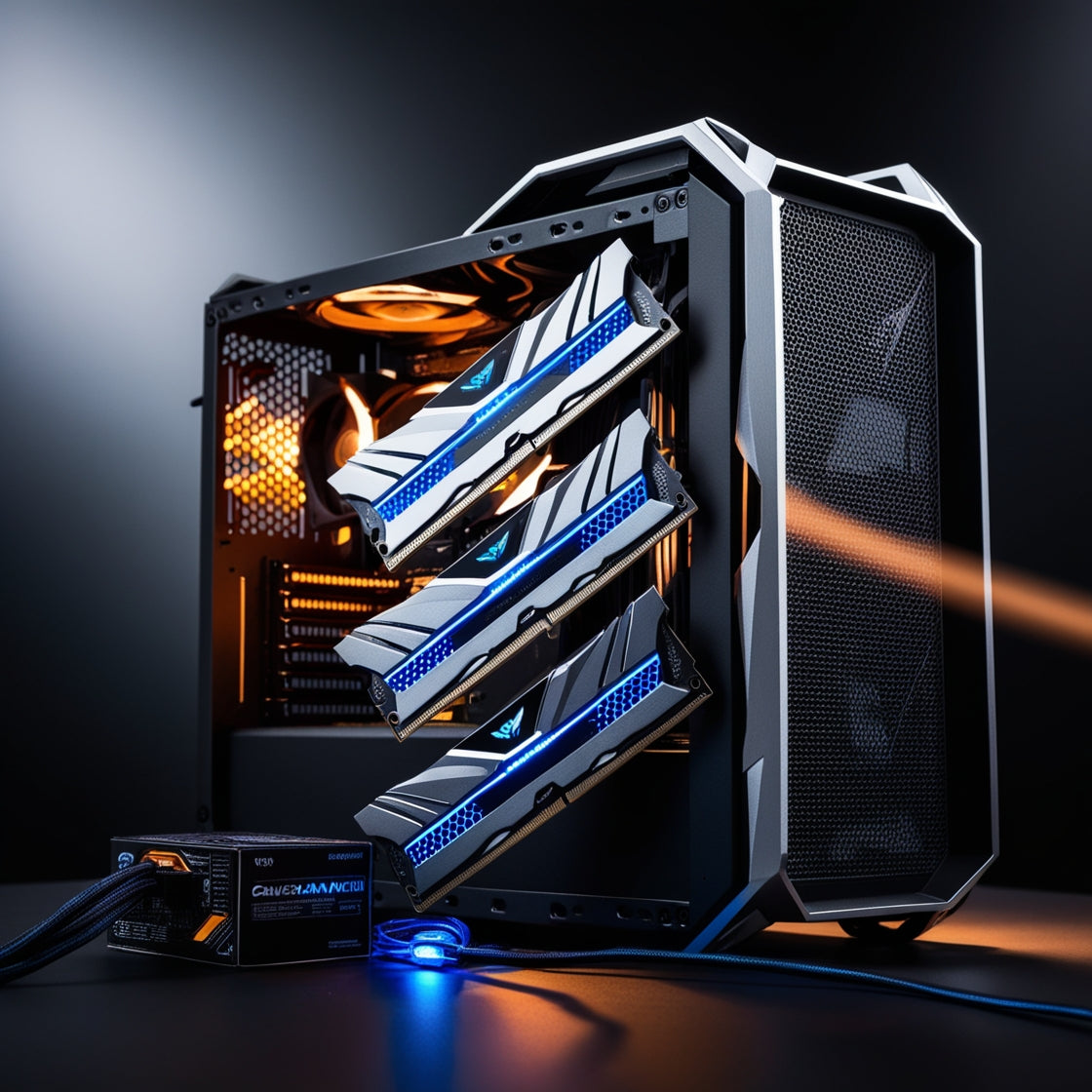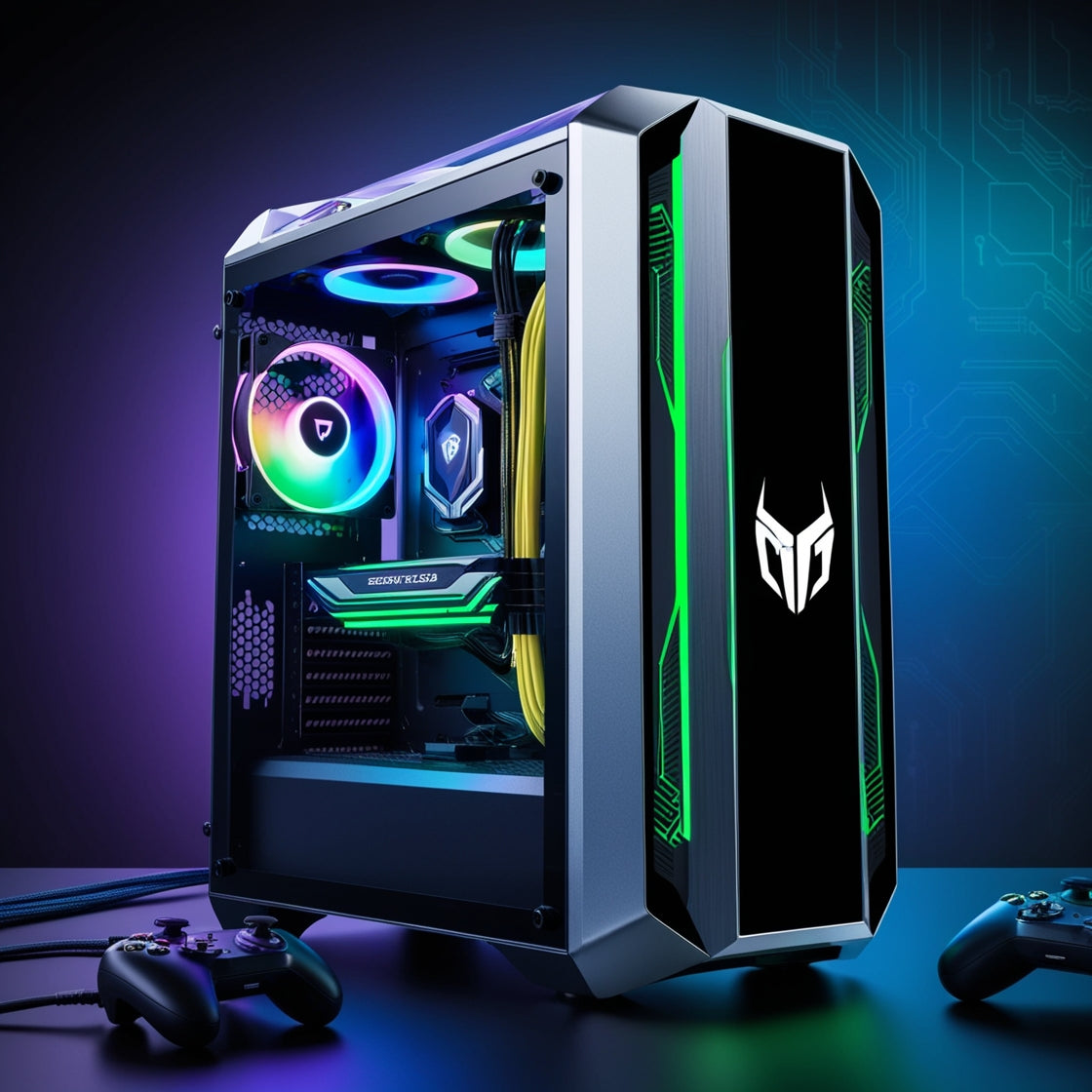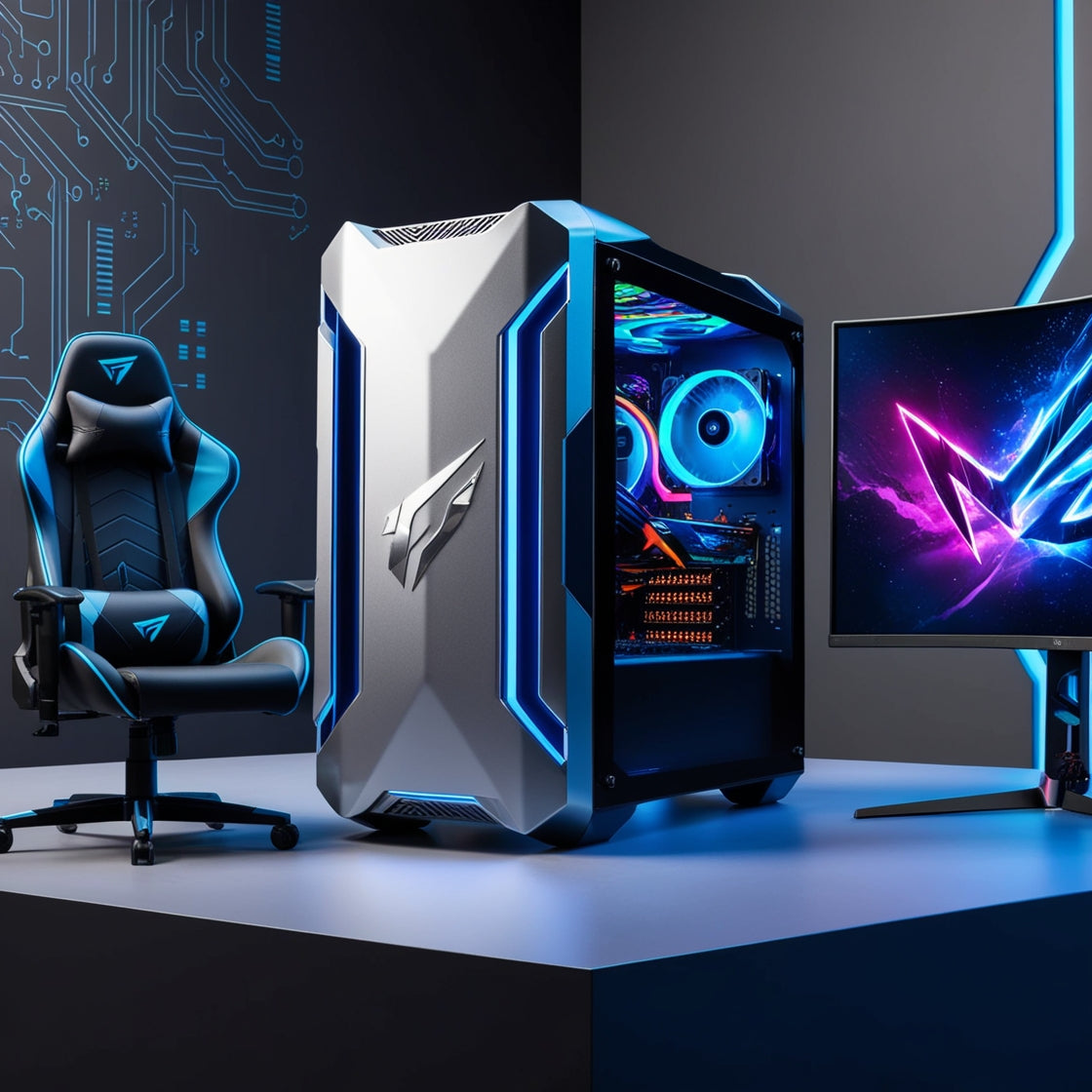
Intel Core i7-14700KF 3.4 GHz 20-Core LGA 1700 14th Gen Processor
Couldn't load pickup availability
Pickup available at OASIS MOUNTAIN TRADING LLC
Usually ready in 24 hoursPairs well with

Intel Core i7-14700KF 3.4 GHz 20-Core LGA 1700 14th Gen Processor
If you have any questions, you are always welcome to contact us. We'll get back to you as soon as possible, within 24 hours on weekdays.
-
Shipping Information
Use this text to answer questions in as much detail as possible for your customers.
-
Customer Support
Use this text to answer questions in as much detail as possible for your customers.
-
FAQ’s
Use this text to answer questions in as much detail as possible for your customers.
-
Contact Us
Use this text to answer questions in as much detail as possible for your customers.
Product Description
Description
- Hybrid Core Design- Performance-cores provide the speed to handle high-end games and demanding applications while low-priority and background tasks such as streaming video, playing music, and encoding media are handled by the processor's Efficient-cores.
- Intel Thread Director- The Intel Thread Director is built into the CPU's cores, working with the operating system to ensure each of the 28 threads are assigned to the right core at the right time.
- PCIe 4.0 & 5.0- This processor supports up to four PCIe 4.0 and sixteen PCIe 5.0 lanes, delivering 20 lanes in total for exceptional data throughput with compatible devices.
- Gaussian & Neural Accelerator 3.0- Gaussian and Neural Accelerator 3.0 (GNA) technology helps with noise suppression while enhancing background blurring during video chats.
- Intel Deep Learning Boost- Accelerates AI inference to improve performance for deep learning workloads.
What's in the Box

User Manual

117 mm x 104 mm x 460 mm
100 g
Intel |
Intel Core i7-14700KF 3.4 GHz 20-Core LGA 1700 14th Gen Processor
| General Information | |
|---|---|
Architecture |
|
Socket Type |
|
| Performance | |
Cores |
|
Threads |
|
Base Clock |
|
Max Boost Clock |
|
Cache |
|
Overclockable |
|
| Memory, Expansion & Power | |
Memory Support |
|
Max Memory Capacity |
|
PCIe Support |
|
Integrated Graphics |
|
TDP |
|
Cooling System |
|
| General Information | |
|---|---|
Architecture |
|
Socket Type |
|
| Performance | |
Cores |
|
Threads |
|
Base Clock |
|
Max Boost Clock |
|
Cache |
|
Overclockable |
|
| Memory, Expansion & Power | |
Memory Support |
|
Max Memory Capacity |
|
PCIe Support |
|
Integrated Graphics |
|
TDP |
|
Cooling System |
|
Knowledge Base

Speed Matters More Than Size
While having more RAM can improve performance, there is a limit. If a system already has sufficient RAM for its tasks, adding more won’t necessarily make it faster. The speed (MHz) and latency (CAS) of RAM also play a crucial role in performance.

RAM Enables Multitasking
The more RAM a system has, the more applications it can run simultaneously without slowing down. High-speed RAM (e.g., DDR5) reduces latency and improves performance in gaming, video editing, and heavy computational tasks.

ROM Can Be Updated
Traditional ROM chips were read-only, but modern types like EEPROM (Electrically Erasable Programmable ROM) allow firmware updates. For example, motherboard BIOS updates use EEPROM to improve system compatibility and security.
FAQs
Please read our FAQs page to find out more.
What is Gamenzo.com?
Gamenzo is your ultimate destination for all things gaming in the UAE. We specialize in gaming monitors, PCs, components, accessories, and more—curated for beginners, casual players, and pro gamers alike. Whether you're building your dream setup or upgrading your gear, Gamenzo has you covered.
Are all products on Gamenzo original?
Yes, 100% original, brand-new, and sourced from authorized distributors. We only deal with trusted brands like LG, Philips, PNY, Samsung and more. No grey market or refurbished units—ever.
Do you offer delivery across the UAE?
Yes, we offer fast and reliable delivery across all Emirates. Orders placed before 12 PM are usually shipped the same day, and most are delivered within 1–2 working days.
Is there a warranty on the products?
Yes. All products come with a manufacturer warranty. Warranty durations vary by brand
How can I reach Gamenzo for support or questions?
We're just a click away! You can reach us via:
WhatsApp: Fastest way to get instant answers
Email: info@gamenzo.com
Instagram DMs: @gamenzo.ae
We're gamers too, and we love helping fellow players find the right gear!








